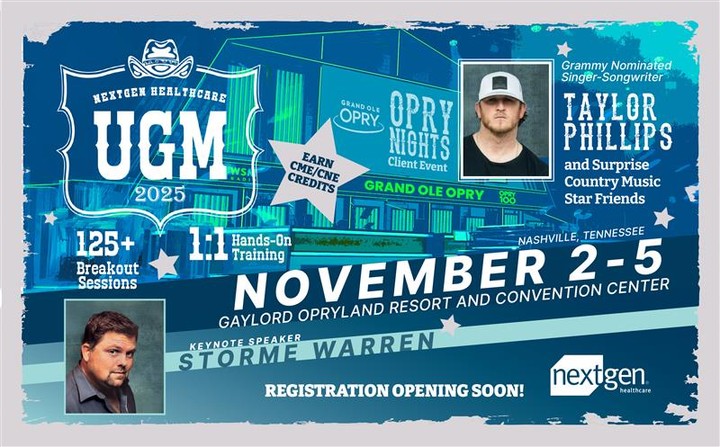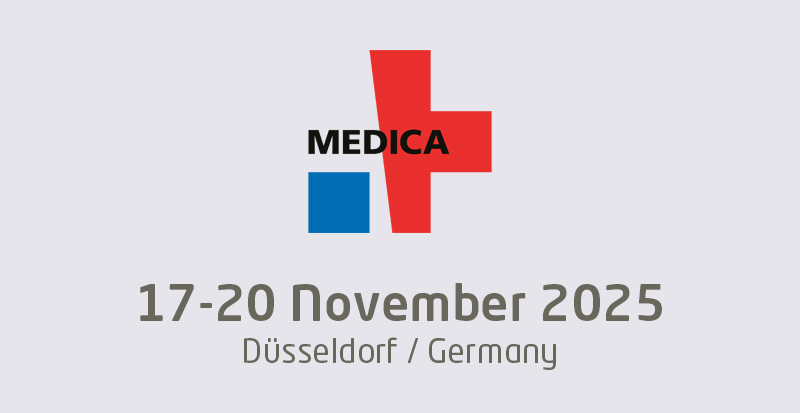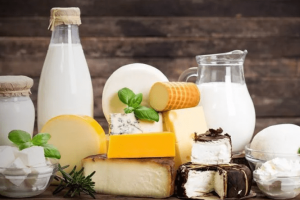What Is Hygge, and Why Is It Good for Your Well-Being?
In the last few years, people around the world have made “hygge” a buzzword. Hygge, the art of getting comfy and cozy, is “regarded as a defining characteristic of Danish culture,” according to the Oxford English Dictionary.
It’s not so much an activity you might choose to do or not do; hygge is more a way of life, one that makes ordinary moments feel special, pleasurable, and meaningful, according to Meik Wiking, the author of The Little Book of Hygge: Danish Secrets to Happy Living. Hygge is about creating a cozy, comforting physical environment: lighting candles, snuggling up with soft blankets, and consuming warm, soothing drinks. But it’s also (and perhaps more importantly) a mindset and a philosophy, Wiking explains.
“Hygge is about an atmosphere and an experience, rather than about things,” Wiking says. Hygge is also about creating a comforting social and emotional environment for yourself; it’s about who you choose to surround yourself with and what you choose to spend your time doing. “It is about being with the people we love; a feeling that we are safe, that we are shielded from the world and are allowing ourselves to let our guard down”.
A note on pronunciation: For us English speakers, “HUE-geh” is pretty close. Complicating matters, the word can be used as a noun, a verb, and an adjective. “Hygge” in both Danish and Norwegian means “coziness,” and is derived ultimately from Old Norse. As a concept and cultural practice, hygge became popular in Denmark in the 19th century as a celebration of comfortable conviviality during the long, dark Scandinavian winters, Wiking says.
The Benefits of Hygge and Why It’s Self-Care
Hygge may be part of the reason why Denmark consistently ranks among the happiest countries on the planet (that ranking comes from the annual World Happiness Report).
Experiencing hygge reportedly reduces stress and improves emotional well-being, though there isn’t any scientific research examining the perks of the practice as a whole. “The support for hygge comes from its independent components — it hasn’t been tested as a set of environmental conditions,” notes the environmental psychologist Sally Augustin, PhD, a principal at the Chicago-based design firm Design With Science. Dr. Augustin’s work focuses on using design in science-backed ways to improve cognitive, emotional, and physical experiences.
For example, research published in the February 2020 issue of the journal Ergonomics found that people perceived warm, dimmer light as more relaxing than bright, white lights.
In addition, there’s strong evidence that having nurturing social connections (another component of hygge) is beneficial for physical and emotional health; several such studies are included in a review published in 2018 in the journal Annual Review of Psychology. Other research has also shown, for example, that when premenopausal women get more frequent hugs from their partners, they have higher levels of oxytocin (often called the “love hormone” or the “cuddle hormone”) as well as lower blood pressure and heart rate.
Science has also shown that being around certain scents (yes, aromatherapy counts) can induce relaxation: A study from Japan found that when women were exposed for 90 seconds to air infused with the scent of rose or orange essential oil, it induced physiological relaxation in their brains and led to an increase in “comfortable” and “relaxed” feelings.
What’s more, “when we’re in a more positive or relaxed mood, we get better at problem-solving, we think more creatively, and we get along better with each other,” Augustin says. All these potential benefits of practicing hygge explain why and how it can be a method of self-care.
How to Make Hygge Part of Your Life
Why does creating a cozy, inviting, appealing environment make a difference in terms of our well-being? “It’s about creating environmental flow and warmth, about making you feel comfortable and cozy through visual, spatial, and other sensory properties,” says Allen Elkin, PhD, a clinical psychologist based in New York City and author of Stress Management for Dummies.
How do you get started with creating the hygge effect?
It’s really up to you. “The important thing to remember is that your environment does influence how you feel — and you can take control of your environment and actually make it really good,” Augustin says. That “taking control” aspect is really important, she adds. “One of our fundamental human motivations is to feel that we have an element of autonomy in our lives” — that you have options in terms of what you do.
To that end, you can choose from the following strategies to get started with hygge and practice it as a form of self-care.
Opt for mood lighting. At home, dim the lights and light some candles. Or make a fire in the fireplace if you can do so safely. Or, buy warm amber bulbs for your lamps and light fixtures then “turn on whatever is appropriate at any particular moment,” Augustin suggests.
Hang out with a small circle of close friends. “The most important social relationships are close relationships in which you experience things together with others, and experience being understood; where you share thoughts and feelings; and both give and receive support,” Wiking explains. That’s the essence of hygge.
Make yourself comfortable. Add flannel or fleece blankets, pillows, and throws to your home environment for snuggling opportunities. Go casual and wear comfy, loose pullovers, leggings or jeans you’re not afraid to get wrinkled, thick socks that keep your feet warm, and big scarves (a Danish signature). “Opt for soft textures that feel good against your skin,” Augustin advises.
Get cooking. Food and beverages are a big part of the hygge experience. It’s about pleasure, so go ahead and enjoy sweets, cakes, hot chocolate, mulled wine, and other tasty treats. “Few things contribute more to the hygge factor than the smell of fresh baked goods,” Wiking says. So roll up your sleeves and bake something delicious at home (by yourself or with friends). Remember: “Hygge food may be comfort food,” Wiking says, “but hygge food is also very much slow food” — meaning, part of the magic is in its preparation.
























